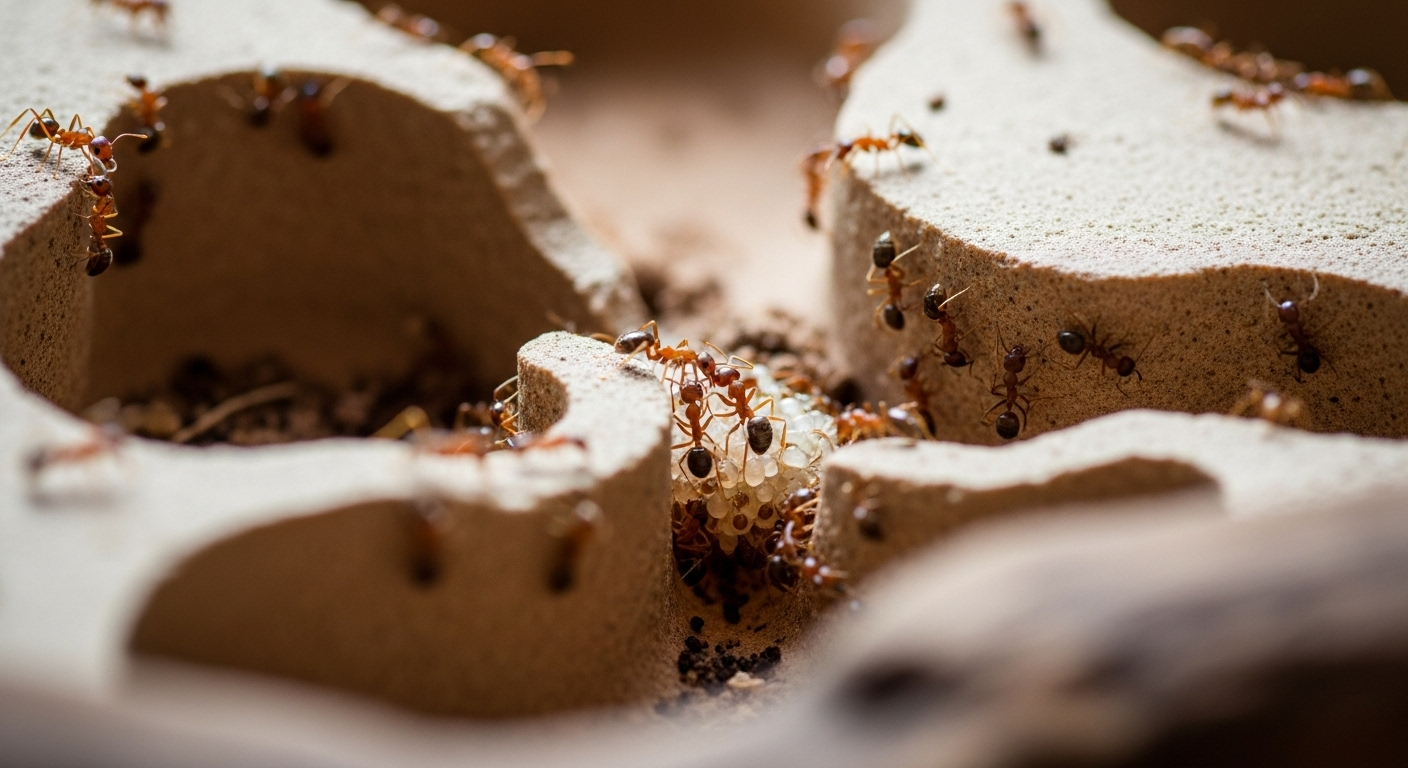Home Pest Problems: What Residents Are Looking Into for Professional Help
From ants and cockroaches to termites and rodents, pest problems are common in many Indian homes. This article looks at how people are exploring pest control services—what types of treatments are available, how often they’re needed, and what to expect from a professional visit.

What are the most common pest issues in Indian households?
Indian households face a variety of pest problems, with some being more prevalent than others. Ants and cockroaches are perhaps the most ubiquitous, often invading kitchens and bathrooms in search of food and moisture. Termites pose a serious threat to wooden structures and furniture, potentially causing extensive damage if left unchecked. Rodents like rats and mice are also common, especially in urban areas, and can spread diseases while damaging property. Mosquitoes, a perennial problem in many parts of India, are not just annoying but can also transmit dangerous diseases like dengue and malaria. Bed bugs have become increasingly problematic in recent years, particularly in densely populated areas and places with high human traffic.
How do pest control services typically work?
When residents decide to seek professional help, they often wonder about the process of pest control services. Typically, it begins with a thorough inspection of the property by trained professionals. This assessment helps identify the type of pests present, the extent of the infestation, and potential entry points or conducive conditions. Based on this evaluation, the pest control company develops a tailored treatment plan. This plan may involve a combination of methods, including chemical treatments, baits, traps, and preventive measures. The actual treatment process can vary in duration and frequency depending on the severity of the infestation and the type of pests involved.
What do people check before booking a pest treatment?
Before committing to a pest control service, savvy residents often do their due diligence. One of the primary concerns is the company’s reputation and experience. Many people seek recommendations from friends, family, or online reviews to gauge the effectiveness and reliability of different service providers. The qualifications and certifications of the pest control technicians are also important factors. Residents typically inquire about the types of products and methods used, especially if they have concerns about safety for children, pets, or the environment. The cost of the service and any guarantees or warranties offered are crucial considerations as well. Additionally, people often check if the company provides follow-up services or has a policy for re-treatments if needed.
What types of treatments are available for home pests?
Pest control companies offer a range of treatment options to address various pest problems. Chemical treatments remain a common approach, involving the application of pesticides in targeted areas. However, there’s a growing trend towards more eco-friendly and integrated pest management (IPM) techniques. These may include the use of natural or low-toxicity products, biological controls (such as predatory insects), and physical barriers. For specific pests like termites, specialized treatments like soil treatments or baiting systems are often employed. Fumigation is sometimes used for severe infestations, particularly for pests like bed bugs. Many companies now also offer preventive treatments and ongoing maintenance plans to keep pests at bay long-term.
How often is pest control needed in different climates?
The frequency of pest control treatments can vary significantly depending on the climate and local conditions. In tropical and subtropical regions of India, where humidity and temperatures remain high year-round, pests tend to be more active and reproduce faster. In these areas, residents might need more frequent treatments, possibly every 2-3 months. In contrast, areas with more distinct seasonal changes might require less frequent treatments, perhaps 2-4 times a year. However, it’s important to note that the frequency also depends on factors such as the type of pests, the severity of the infestation, and the effectiveness of preventive measures. Some pest control companies offer customized plans that adjust the frequency based on ongoing monitoring and assessment of the property’s specific needs.
What are the typical costs and providers for pest control services?
When considering pest control services, cost is often a significant factor for many residents. The price of pest control can vary widely based on factors such as the type of pest, the size of the property, and the severity of the infestation. Here’s a general overview of some pest control providers and their typical service costs:
| Provider | Services Offered | Estimated Cost Range |
|---|---|---|
| Pest Control India | General pest control, termite treatment | ₹1,500 - ₹15,000 |
| Rentokil PCI | Comprehensive pest management, specialized treatments | ₹2,000 - ₹20,000 |
| HiCare | Residential and commercial pest control | ₹1,800 - ₹18,000 |
| Godrej HIT | Home insecticide services | ₹1,200 - ₹10,000 |
| Local providers | Basic pest control services | ₹800 - ₹8,000 |
Prices, rates, or cost estimates mentioned in this article are based on the latest available information but may change over time. Independent research is advised before making financial decisions.
It’s worth noting that many companies offer package deals or annual contracts that can provide more cost-effective solutions for ongoing pest management. When comparing services, it’s essential to consider not just the price but also the quality of service, products used, and any guarantees offered.
In conclusion, professional pest control services offer a range of solutions for the common pest problems faced by Indian households. From understanding the types of treatments available to considering factors like frequency and cost, residents have much to consider when seeking help for their pest issues. By being well-informed about these aspects, homeowners can make better decisions in keeping their living spaces pest-free and comfortable.




